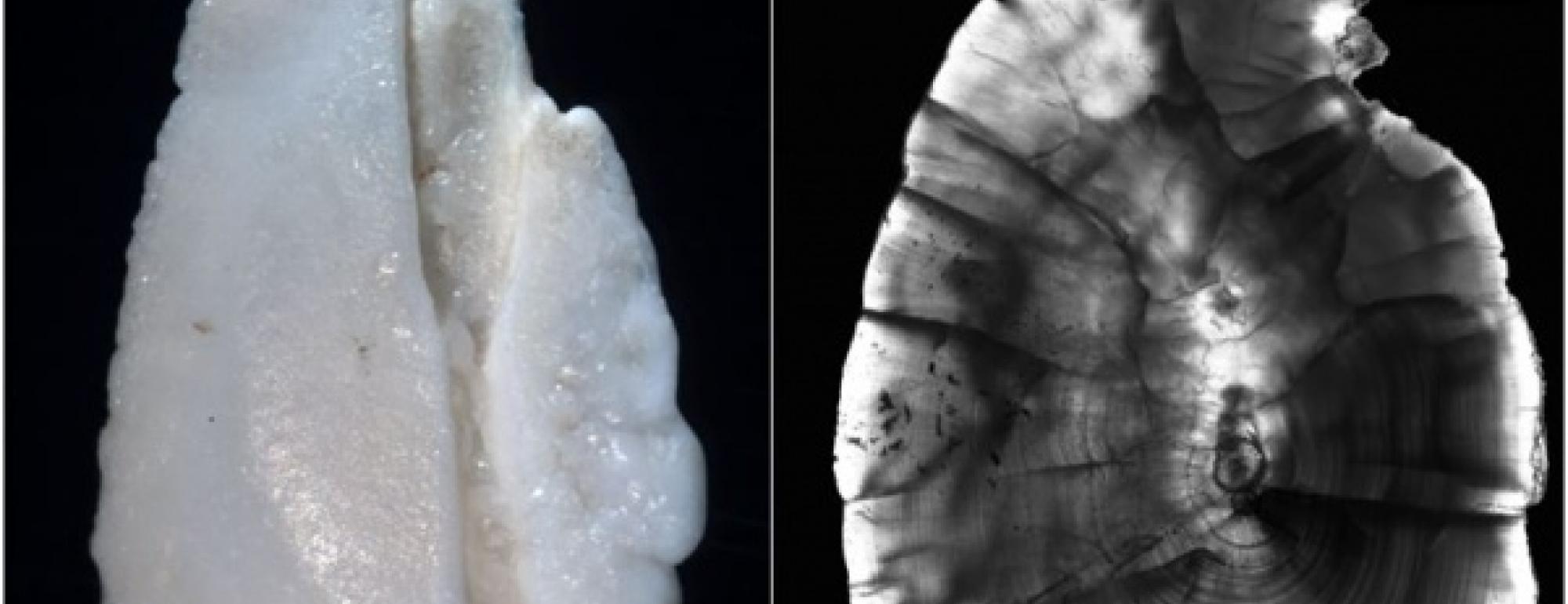This study uses otolith chemistry and microstructure to monitor how salmon use the Delta as rearing habitat and a migratory corridor, and the mechanisms cuing their outmigration from natal rivers. We will quantify the extent to which Delta-rearing contributes to salmon population resiliency under different conditions (including drought and flood conditions) and provide baseline data to assess population responses to future habitat restoration and changing climate. Physical tags are limited to larger fish that are more sea-ready than fry, and are thus ineffective to estimate the full rearing potential of Delta habitats, while abundance surveys provide only a snapshot of information. Otolith reconstructions allow us to estimate “who” is using the Delta (which populations and life history types), for how long, and their growth rates relative to other rearing habitats. This project will generate empirical data that will inform management actions aimed at maximizing salmon abundance, life history diversity, and resilience to future stressors.
Reconstructing Juvenile Salmon Growth, Condition, and Delta Habitat Use in the 2014-15 Drought and Beyond
Collaborators
Anna Sturrock (Project Contact)
Rachel Johnson
Project Description
Program
Project Status
Completed

